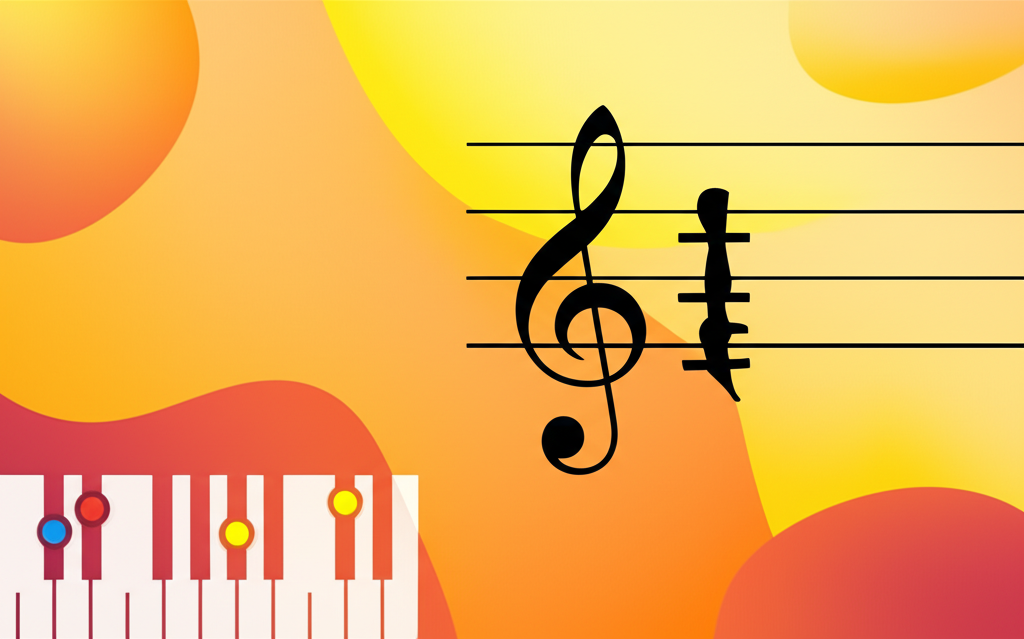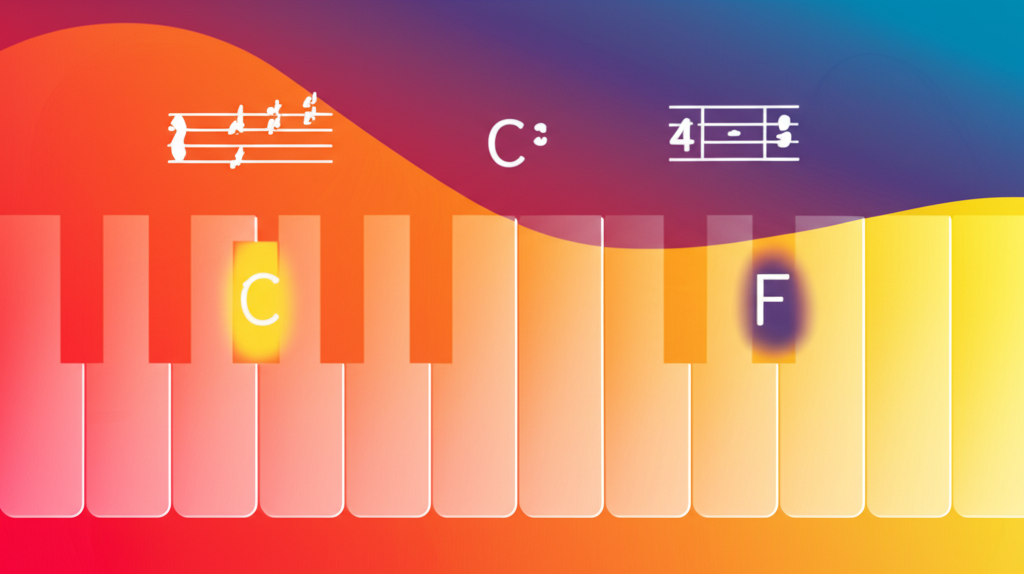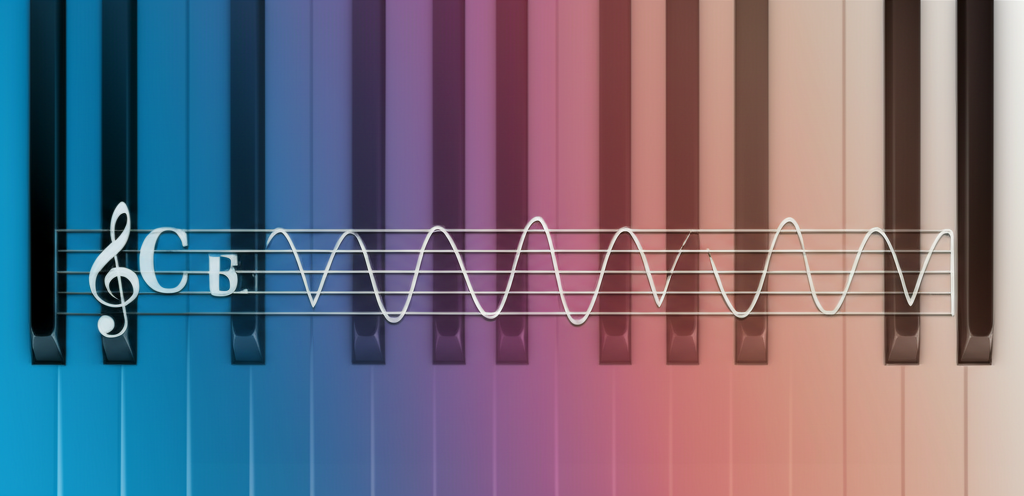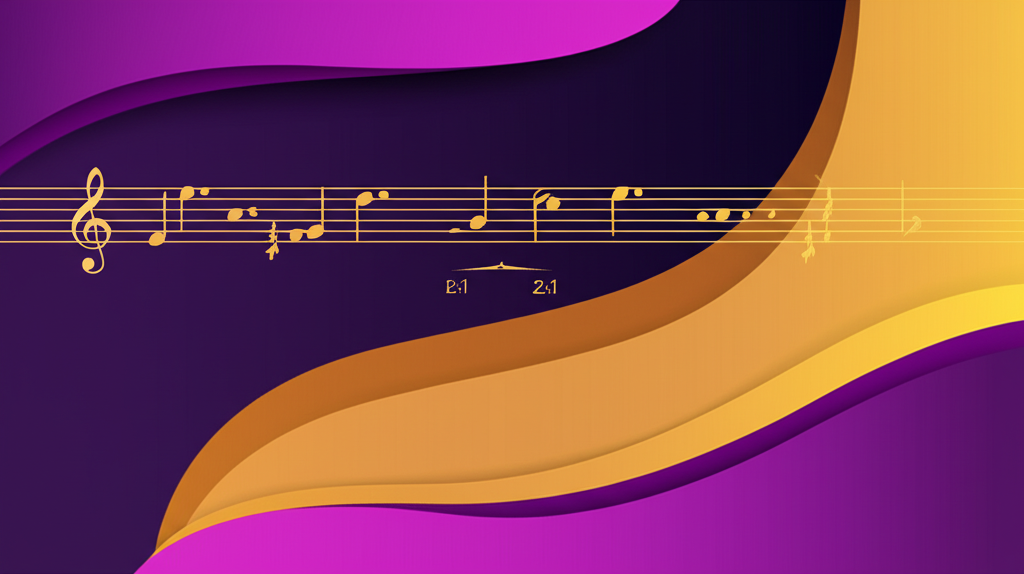
Perfect Fifth

b4n1
May 25, 2025, 2:22 a.m.
Perfect Fifth
Summary:
The perfect fifth is the most stable and consonant interval in Western music, spanning seven semitones. It forms the foundation of tonal harmony, appears in the overtone series, and creates the essential framework for chord construction and melodic structure across all musical genres.
Keywords:
perfect fifth, interval, consonance, overtone series, tonal harmony, chord construction, stability
Introduction:
The perfect fifth stands as music's most fundamental interval after the octave. Its mathematical purity and acoustic stability have made it the cornerstone of harmonic practice across cultures and centuries, from ancient Greek theory to contemporary jazz and popular music.
Definition and Classification:
A perfect fifth spans exactly seven semitones (half steps). Common examples include C to G, F to C, and D to A. It's the inversion of the perfect fourth and appears naturally as the second harmonic in the overtone series, giving it unparalleled acoustic stability. The perfect fifth maintains its quality regardless of key, hence the term "perfect."
Examples:
Perfect Fifth Intervals:
Examples of perfect fifths in different keys:
Perfect Fifth in Chord Construction:
Major and minor triads built on perfect fifths:
Practical Applications:
Perfect fifths form the backbone of all major and minor triads, providing harmonic stability and tonal center. They appear prominently in classical symphonies, folk melodies, and power chords in rock music. The circle of fifths, based on this interval, organizes key relationships and is fundamental to understanding modulation and chord progressions.
Historical Figures:
Pythagoras first described the mathematical relationship of the perfect fifth around 500 BCE, establishing its 3:2 frequency ratio. Johann Sebastian Bach built entire compositions around fifth relationships, particularly in "The Well-Tempered Clavier." In the 20th century, composers like Paul Hindemith explored quintal harmony, building chords from stacked perfect fifths rather than traditional thirds.
Fun Facts:
The perfect fifth has a frequency ratio of 3:2, the simplest ratio after the octave (2:1). The opening of "Twinkle, Twinkle, Little Star" features a perfect fifth leap. In Chinese music theory, the perfect fifth is called a "zheng" and forms the basis of the traditional five-tone scale. Violins are tuned in perfect fifths (G-D-A-E), making this interval fundamental to string technique.
Conclusions:
The perfect fifth represents the mathematical and acoustic foundation of Western harmony. Its perfect consonance and structural importance make it indispensable for understanding tonal relationships and chord progressions. As music continues to evolve, how might composers find new ways to explore this most fundamental of intervals while honoring its inherent stability?
References:
Christensen, T. (2002). The Cambridge History of Western Music Theory. Cambridge University Press.
Hindemith, P. (1942). The Craft of Musical Composition. Schott Music.
Lerdahl, F. (2001). Tonal Pitch Space. Oxford University Press.





























